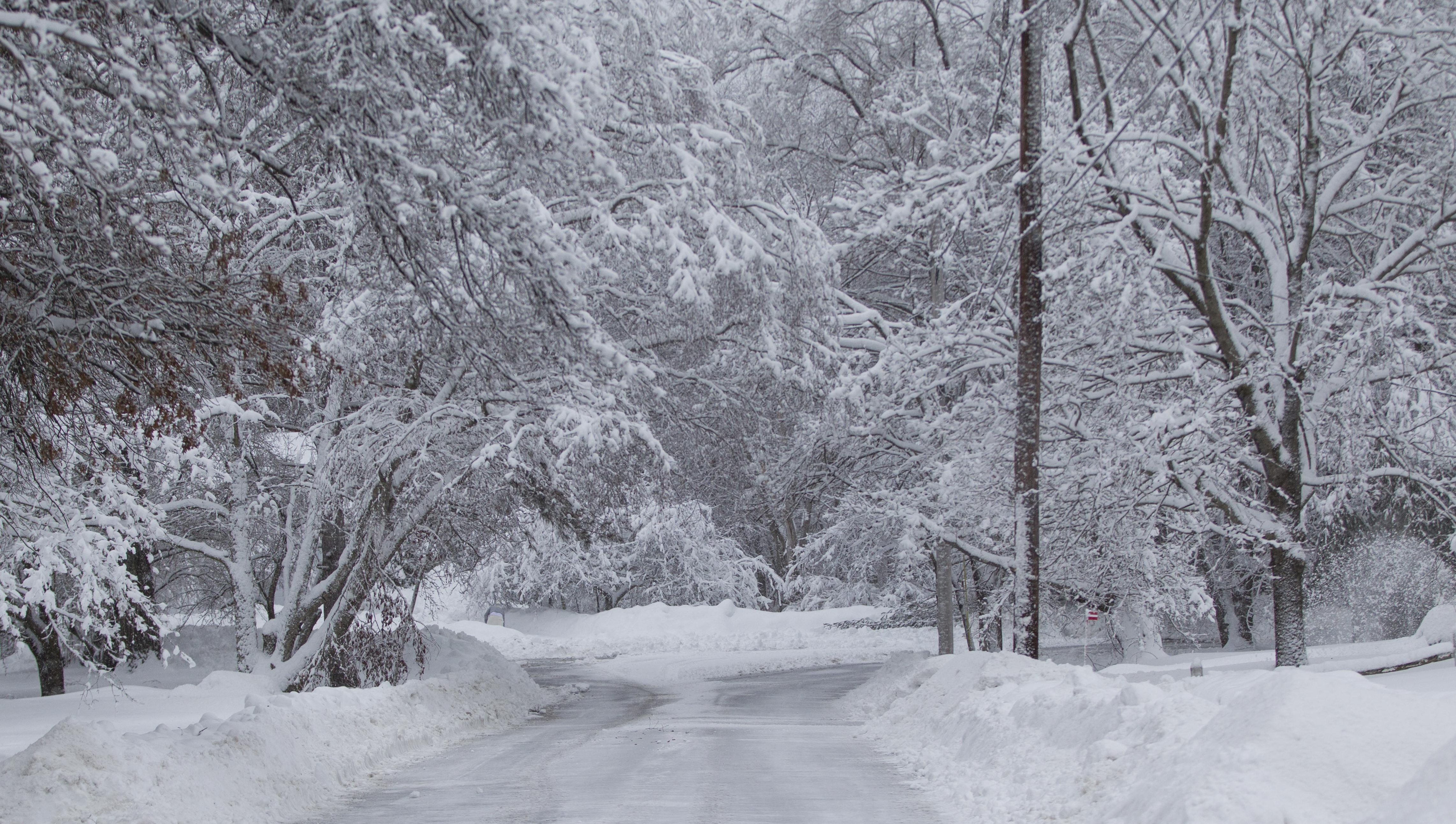Snow Storm: Understanding The Phenomenon And How To Prepare - A snow storm is a weather event characterized by heavy snowfall accompanied by strong winds and low temperatures. These storms can last from a few hours to several days, depending on the atmospheric conditions. Snow storms are often referred to as blizzards when they meet specific criteria, such as sustained winds of 35 mph or more and visibility of less than a quarter mile. Preparation is key to staying safe during snow storms. Below are some essential steps to take before a storm hits:
A snow storm is a weather event characterized by heavy snowfall accompanied by strong winds and low temperatures. These storms can last from a few hours to several days, depending on the atmospheric conditions. Snow storms are often referred to as blizzards when they meet specific criteria, such as sustained winds of 35 mph or more and visibility of less than a quarter mile.
Lake-effect snow occurs when cold air moves over warmer lake water, causing moisture to rise and condense into snow clouds. This phenomenon is common in regions near the Great Lakes.
Nor'easters are powerful storms that occur along the eastern coast of North America. These storms are known for their strong winds and heavy precipitation, which can include snow, sleet, or rain.

It's important to follow local guidelines for cleanup and restoration, ensuring that all safety protocols are followed.

Staying informed about weather updates and following official advice can help you navigate the storm safely.
Some communities may experience long-term effects from snow storms, such as damage to infrastructure or economic losses. Developing resilient strategies can help mitigate these impacts in the future.
Residents in areas affected by snow storms may experience disruptions to work, school, and social activities. Businesses may close temporarily, and public services may be delayed or canceled.
Snow storms are caused by a combination of atmospheric conditions that lead to the formation of snow clouds. The primary factors include:
If you must travel during a snow storm, ensure your vehicle is equipped with emergency supplies, such as blankets, food, and water. Drive slowly and maintain a safe distance from other vehicles.
Governments and organizations often provide assistance to help affected communities recover from the economic impacts of snow storms.
By taking these precautions, you can minimize the risks associated with snow storms and ensure your safety.
When these conditions align, snow storms can form and intensify. Understanding the science behind these processes helps meteorologists predict and warn communities about impending storms.